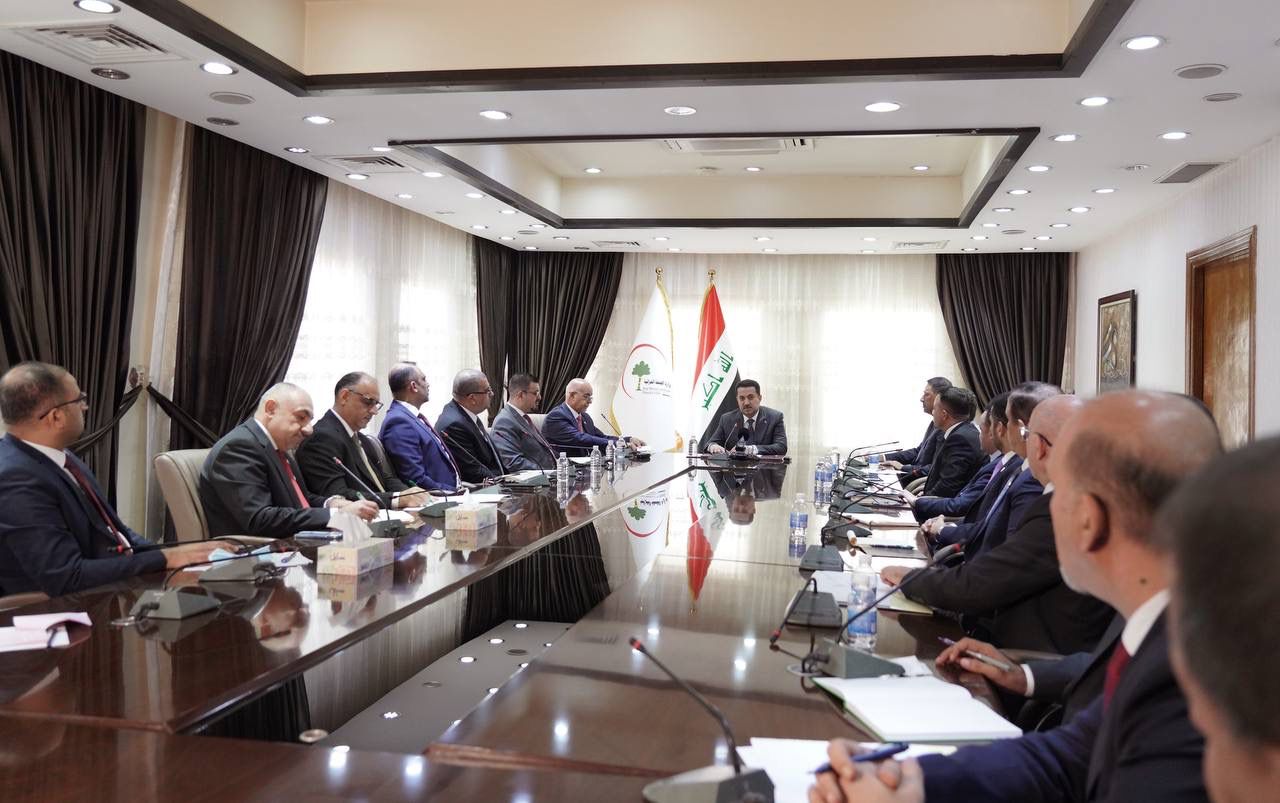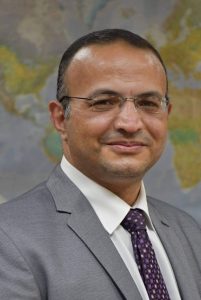The government of Iraqi Prime Minister Muhammad Shia Al-Sudani won the confidence of the House of Representatives in the session held on October 27th. Voting was conducted under an absolute majority system, which means half plus one, with 329 representatives voting, first on the government program and then on the nominated ministers. Undoubtedly, what helped Al-Sudani pass his government was the majority won by the coalition “State Administration” in the House of Representatives, which allowed the differences between the political forces affiliated with the coalition, and between the different political factions, especially with the Coordination Framework, to be at least temporarily contained.
The most prominent features of the new government in Iraq can be identified as follows:
Dominance of the Shiite Coordination Framework
The Coordination Framework got the lion’s share of the 12 posts allocated to the Shia in the new government, out of a total of 23 cabinet posts. The Sunnis were allocated six posts, while the Kurds got four. One allocation was made for minorities. The framework focused primarily on controlling a number of sovereign ministries, in addition to some service ministries. This may trigger, at a later stage, disputes between the Shiite forces affiliated with the “State Administration” Coalition.
Absence of the Sadrists
The Sadrist movement is not represented in the new government, as was expected in light of its rejection of the political arrangements reached following its escalating conflict with the “Coordination Framework”, especially the “State of Law Coalition”. After Sadrist members of parliament resigned, the “Coordination Framework” quickly moved to strengthen its control over Parliament by replacing them with its own MPs. The absence of Sadrist representation may constitute the first challenge to the new government, as it is possible that al-Sadr will mobilize the street to reduce the government’s ability to implement its program, and may move to coordinate with the forces that had launched the October protests, organizing demonstrations to obstruct these new political arrangements.
Kurdish Dispute
The differences between the Kurdish factions over naming a candidate for the post of President of the Republic were contained, with the choice of Abdul Latif Jamal Rashid, who belongs to the Patriotic Union of Kurdistan Party, to succeed former President Barham Salih. However, disagreements between the two main Kurdish parties continue, as illustrated by the inability to nominate the remaining two portfolios allocated to the Kurds in the government, which are the ministries of the Environment and of Housing and Reconstruction. This indicates that the differences are not insignificant and cannot be easily settled, and therefore could potentially erupt once more in the future over other contentious issues. One source of contention is the reported demand on the part of the Kurdish Democratic Party for a larger share of ministerial posts, given that the President was named from the National Union Party.
Party pressures on the Prime Minister
Although the new prime minister, al-Sudani, declared in a statement before the parliamentary on the cabinet that it will not be a partisan, but rather an independent, government, reports indicate he was subjected to strong pressures from various political partied to replace some of the ministers he had chosen. His inability to resist pressures may affect the government’s ability to implement its electoral program, especially in light of the existing disparities between the various political factions.
Emphasis on services
The government composition indicates it will prioritize dealing with the problems of the services sector, as these were a major reason for the eruption of protests in Iraq since October 2019. The “Coordination Framework” appears bent on strengthening its popular base by developing infrastructure, to place itself in a strong position to win the upcoming early elections, thereby consolidating its control over the government and parliament, and marginalizing the Sadrist movement. This interest in improving services is also no doubt linked to the major corruption scandal which was recently revealed and gained wide popular attention, after the discovery of the embezzlement of USD 2.5 billion from tax revenues.
It is expected that the al-Sudani government will face many challenges, which stem in part from the fragility of the new political alliance led by the “Coordination Framework”, and the exclusion of al-Sadr from the political process. Moreover, the current political arrangement is simply a reproduction of the political map that has existed since 2003, which means reforms are likely to be limited, and the entire reform process may fail entirely, due to the systematic corruption supported by Iranian-backed militias. Widespread insecurity and the proliferation of weapons, are still prevalent, and they had undermined the security policies pursued by former prime minister Mustafa Al-Kadhimi.


